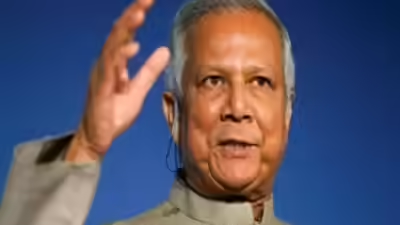
The United States House of Representatives on Wednesday night voted 222 to 209 to pass a funding bill that ends the longest federal government shutdown in U.S. history. The legislation now goes to Donald Trump, who is expected to sign it later Wednesday, officially restoring much of the federal government.
The shutdown, which began on 1 October 2025, left hundreds of thousands of federal workers without pay, disrupted air travel and food assistance programs, and halted many government services. At the heart of the stalemate was Republicans’ refusal to extend enhanced health-insurance subsidies under the Affordable Care Act and Democratic demands to do just that.
By clearing this funding measure, Congress has reopened agencies for business, though key policy battles such as the future of the ACA subsidies remain unresolved.
What the Deal Includes and What It Leaves Out
The bill extends funding through 30 January 2026 for most federal agencies, and approves full-year funding for the Agriculture, Military Construction and Veterans Affairs, and Legislative Branch sectors. It restores pay for furloughed workers, reverses recent layoff orders, and re-opens closed operations across multiple departments.

Notably, the measure does not include the expanded ACA tax credits that Democrats sought. That issue will remain a separate fight, with no guarantee of a vote or outcome later this year. Six Democrats broke with their party to vote for the bill, while two Republicans opposed it, underscoring the deep divisions in Congress.
Why the Shutdown Ended and What’s Next for Washington
With the House vote, a stalemate that lasted 43 days comes to a close. Republicans, controlling both the House and Senate, pressed hard to pass the funding measure without policy riders. Democrats dug in on health-care subsidies, prolonging the deadlock. The breakthrough came after a handful of Senate Democrats joined Republicans, allowing the deal to clear the upper chamber first and then the House.
READ ALSO: New York’s Historic Election of Zohran Mamdani Sparks Global Reactions
Although the government will reopen quickly, another funding cliff looms in late January and the healthcare subsidies battle is still unresolved. Both parties face political pressure: federal workers and agency functions now expect rapid restoration, while vulnerable voters await clarity on insurance and benefit programs. Republicans argue they have delivered stability, while Democrats vow to press ahead on healthcare and cost-of-living issues.
President Trump’s signature is expected tonight. With that, federal paychecks, airport security staffing, national-park operations and food-assistance services can resume full throttle. However, the broader fight over health subsidies and the next budget deadline ensures Washington remains on edge.




